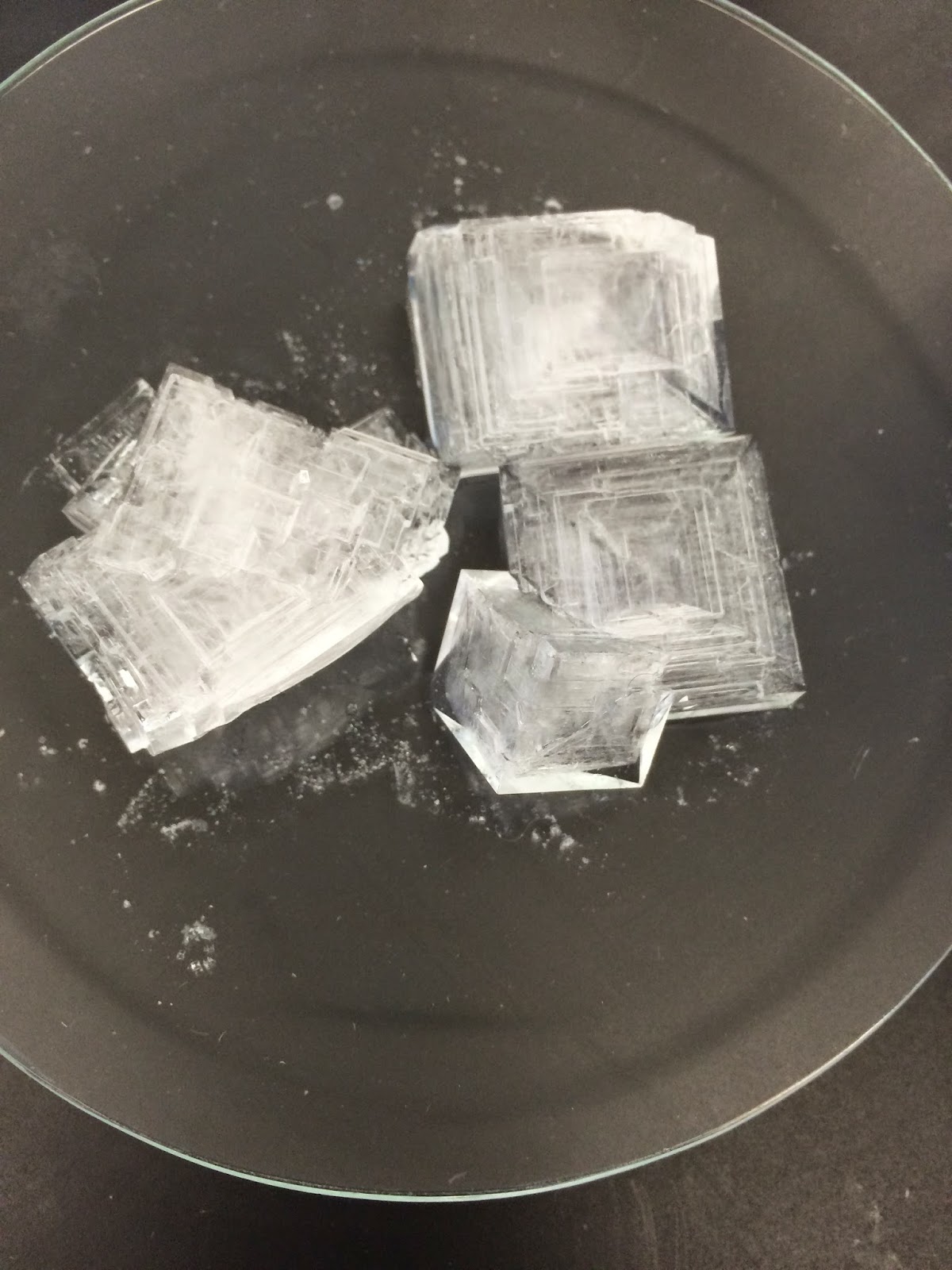GoPro and SpaceX
SpaceX attached a GoPro camera to their falling module. Just to see the Earth in all of its beauty in the resolution and motion that a GoPro can capture makes me feel like I myself am floating on the edge of the atmosphere. The waltz music almost makes me forget about the heat and friction that accompany the falling back towards Earth - I was kind of looking forward to seeing that portion of the fall, but SpaceX elected to cut that out.
Feast your eyes, and then please go back to studying.
Star Party
Around 20 parents and students came on out two nights ago to watch Chris Vaughan of the Dunlop Observatory setup three telescopes to watch the night sky for almost 3 hours. He was such a wealth of knowledge taking us from a pair of binary stars to swans to even spotting the ISS. He masterfully had us observe Venus, then Jupiter, and then followed the ecliptic to find a third planet - Saturn! I look forward to working with Chris again, and hopefully we can book him for another season to observe a different night sky.
Volcanoes
Remember how the study of Earth is also a part of the course? Did you hear that our guest Chris Vaughan (see above) couldn't get a summer job after first year when he didn't have any geology courses, but after second year in university where he elected to take geology courses, he and all of his friends got summer job offers? Don't neglect the geology portion of the course ladies and gents. Here is a reminder of the power of our very own Earth shown in this Mount Shindake volcano video in which Japan raised the volcano alert level to 5, which is the highest on the scale.
NASA Mission to Europa
Looks like there's a mission to Jupiter's moon and they've chosen 9 instruments to help determine if this moon is habitable. Guess which instruments they are? (we've studied a couple of them in class!)
Hey, you're still here? You should be studying...or blogging.


















/cdn0.vox-cdn.com/uploads/chorus_asset/file/2913354/Kepler_16b_20x_30.0.jpg)

